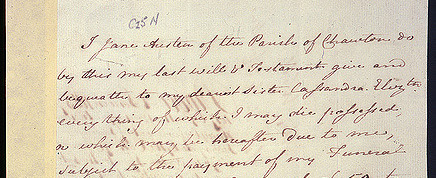The digitisation and transcription of records has undoubtedly made family history research easier and accessible to more people than ever before. However, the transcription of digitised records remains an imperfect system, with the many millions of errors in transcribed records still presenting genealogists, be they amateur or professional, with challenges when it comes to conducting research.
Below are a few pointers to keep in mind when searching transcribed record sets.

Know the rules
Each digital record source will have their own rules when it comes to what searches are possible. Some sites allow the use of ‘Wildcards’ (see below), others have databases of spelling variants which are applied without the need for action by the searcher. Other systems provide for broader searches by using other methods, such as only requiring the first three digits of a surname.
Knowing what search methods are possible on a given record set will enable you to have more efficient and effective searches.

Know your wildcards
‘Wildcards’ can be extremely useful when conducting searches in digital records, as they can to a certain degree mitigate the issue of spelling variations and incorrectly transcribed records. Many sites will allow for the use of ‘wildcards’, though their use is inconsistent across the vast number of digital record sources. One of the more common wildcards is the use of the asterisk symbol (*), which can be used to represent a letter(s) between two specified letters.
For example, if you were searching for the surname ‘McGowan’ a search parameter of ‘M*go*n’ would be a good start point as this would capture variants such as; ‘Magown’, ‘MacGowan’, ‘McGoohan’, etc.
Another common ‘Wildcard’ is the percentage symbol (%), which is often used to represent any letter after the point at which it is used. Again, using the example above, if you were searching for a ‘McGowan’ you might search for ‘Mcgo%’, ‘Macgo%’ or ‘Mago%’. This can be useful, but is less limited, therefore it will return names such as McGovern, McGoldrick, etc.

Common transcription errors
Transcription errors come in many forms, however there are a few that occur more frequently than others. Depending on the penmanship of the author, certain letter combinations can cause difficulties for transcribers or transcription programs.
For example a double ‘r’ can be transcribed as an ‘n’; the letters ‘r’ and ‘s’ can often be mistaken for one another (the surnames Carey and Casey can often fall victim to this); uncrossed ‘t’s can end us as ‘l’s in a transcription.
One final point, given the number of transcription errors out there, we can all do our bit to improve the situation. Almost all digital resources will have a means of submitting corrections to identified transcription errors. I wholeheartedly encourage you to help your fellow genies and correct any errors you come across during your research…whether they are your ancestors or not, pay it forward!
By Stephen Peirce
